Sadiq Khan is wrong. The last thing London needs is its own Times Square
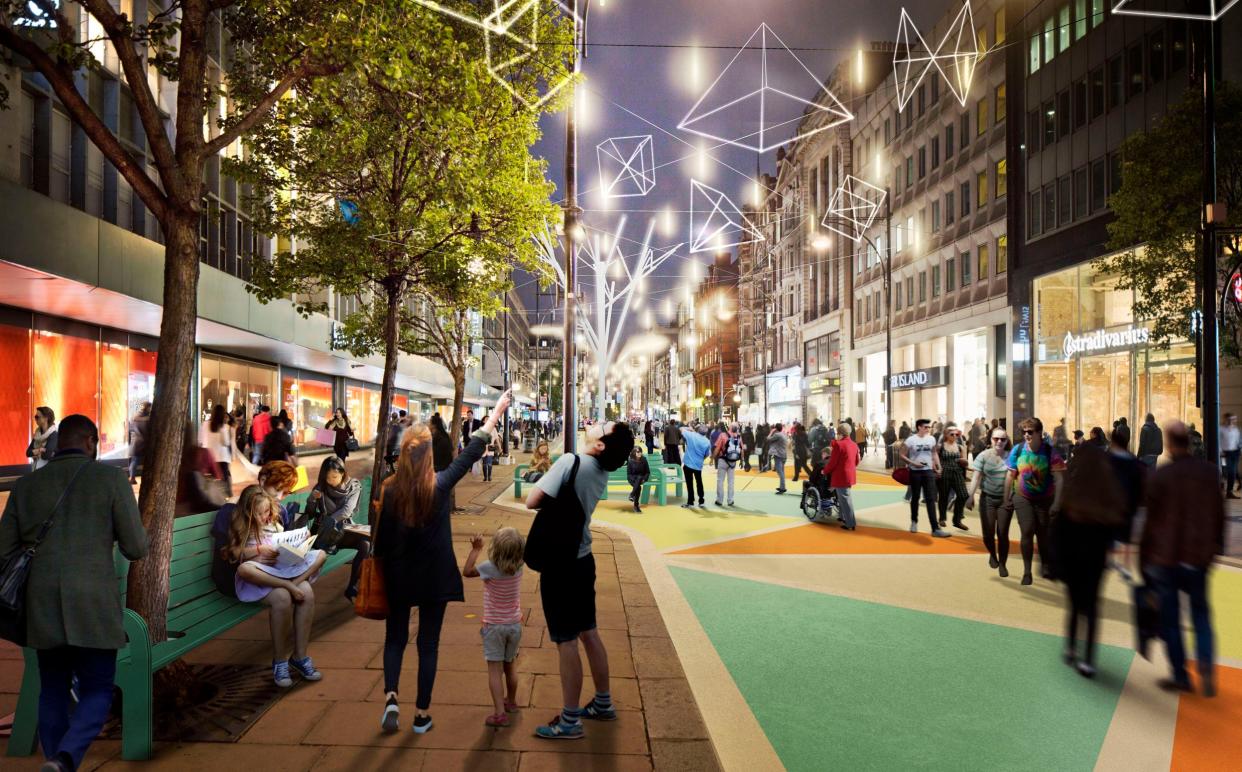
Oxford Street is changing. London’s mayor, Sadiq Khan, is turning it into a Mayoral Development Area with Government support, and plans to pedestrianise it. Good. Frankly, Oxford Street is an embarrassment as a national high street: scummy and polluted, with narrow pavements, no trams and insufficient trees. Shops are shutting and crime is rising. It just about survives as a destination thanks to tourists, but they only go once. Most Londoners avoid the place. Recent proposals, for example by Marks & Spencer, will only make it uglier (they should use Francis Terry’s gorgeous designs instead). National Boulevard it is not.
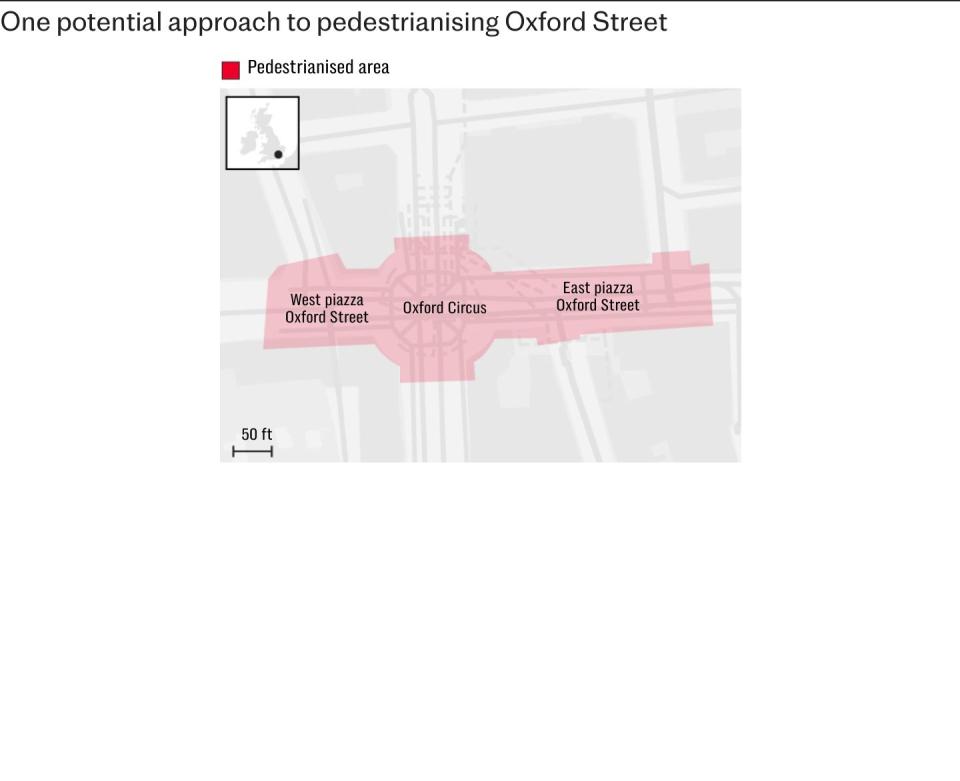
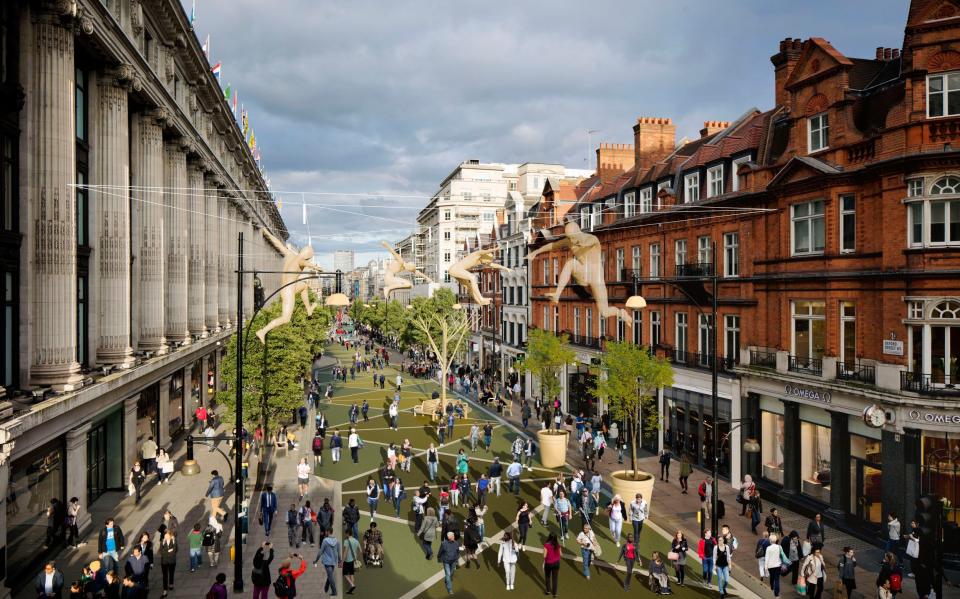
But what should it become? On a recent American trip, Khan suggested that the Oxford Street pedestrianisation could be modelled on New York’s Times Square. I can understand why. Since 2009, Times Square has been transformed by part pedestrianisation. The 2.5 acres of new pedestrian space has helped increase visitors, rents and shops’ revenues, and cut crime and accidents. It can still be a chaotic and challenging pace with, according to The New York Times, “heroin users shooting up on the sidewalk, people suffering from mental health crises screaming in the streets and pervasive homelessness”. But the proof is in the pudding: New Yorkers support the changes, with 74 per cent public support. What’s not to love?


However, aping an American square (actually more bowtie-shaped) is the wrong direction for an English street. Times Square is big, brash and burly; hugely high and brightly lit. Tourists come, take photographs and wander round the corner to have a meal or see a show. It’s a photo, a cliché, a memory that says “I was in New York”.
Oxford Street cannot be this. It’s more than a mile long, for a start, running from St Giles Circus to Marble Arch. It is also lined with hundreds of shops, many failing, and it is still – just, and despite recent depredations – a potential beautiful boulevard of Edwardian Portland stone and Victorian red brick. Oxford Circus, at its heart, could be one of London’s great places. Initially planned by John Nash, it was rebuilt in a marvellous French-influenced baroque, replete with swags and cartouches, big windows and high mansards, by one of England’s unjustly forgotten early 20th-century traditional architects, Sir Henry Tanner.
I think we can be more ambitious than copying Times Square. Successful high streets, be they local or national, are easy to reach, pleasant to visit, and far more than their shops. And rather than just banish buses, why not replace them with sleek, modern trams, which carry more people, more efficiently and with less street disruption? More trams have powered European cities’ revival over the last generation. Look at new trams in Tours or Bordeaux. However, in Britain, as Create Streets’s research has shown, foolish rules make it up to three times as expensive to build trams as in France or Germany.
A better street to emulate would be Copenhagen’s gorgeous Strøget. First laid out in 1728, Strøget runs east-west for more than a kilometre (two thirds of a mile) through the city’s heart. It was one of Europe’s first pedestrianised streets, in the teeth of death threats and disputes, in 1962. The city’s mayor even required police protection. Posh shops at the street’s east end tried to carve themselves out of the scheme. The posh shops were wrong. Elegantly done with cobbles, setts and proper street trees, not garish colours and trees in planters, it’s been a resounding and consistent success. A 35 per cent footfall increase in the first year led to a 400 per cent increase in shopping and other activities over 30 years. It is the perfect balance between busy and agreeable.
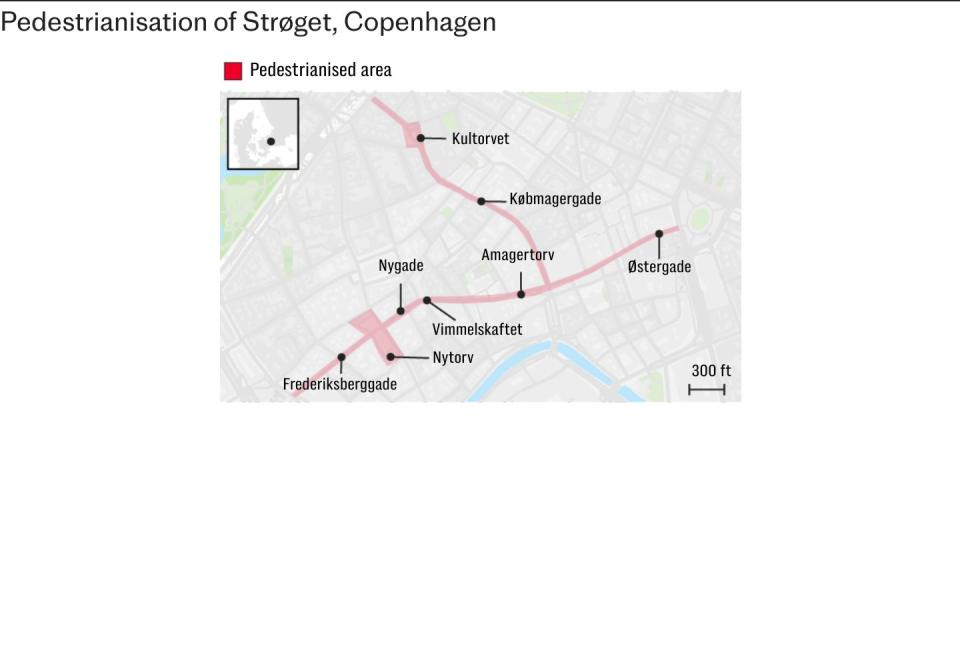
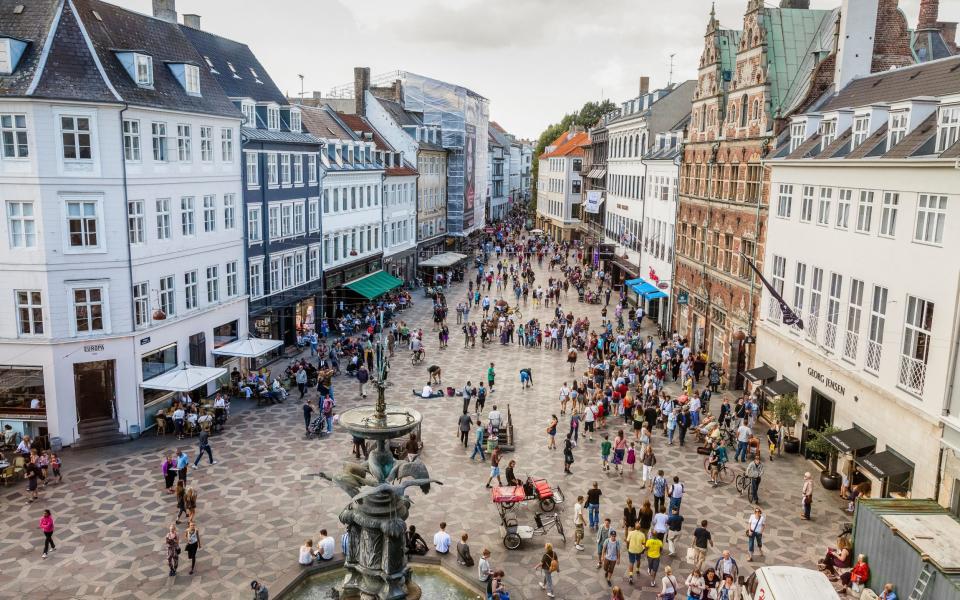
Why don’t we set a higher aim for Oxford Street and weave it into our national commemoration of Queen Elizabeth II? As London now has an area known as Victoria, so we could have a central neighbourhood named after the late Queen. The area through which Oxford Street runs has no real name. Why don’t we relabel it Elizabeth Town and start a multi-year programme of popular commemoration and improvement: trams, trees, a new public square, Elizabeth Square, by Marble Arch and renaming the new Elizabeth Line exit on Bond Street Tube Station as Elizabeth Town.
We might agree on a popular pattern book so that, when they come up, we can replace Oxford Street’s ugly modern buildings with more beautiful replacements and with more space for homes. We who live now are all Elizabethans by birth. Why not create generations of Elizabethans into the future living by and along Oxford Street?
Now that would be a future to admire.
Nicholas Boys Smith is the founding chairman of Create Streets. His history of London’s streets, No Free Parking, is available from Bonnier books.


